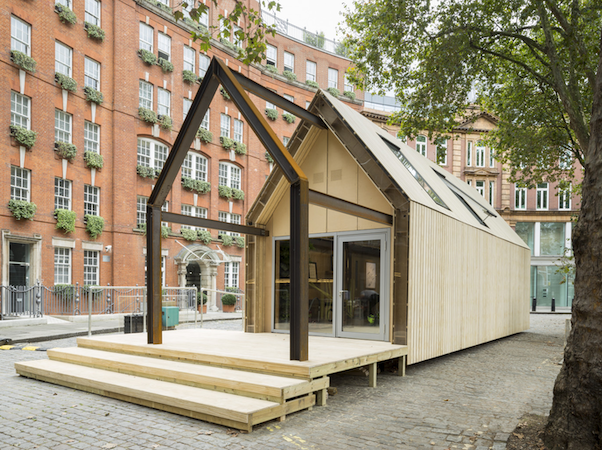The Circular Built Environment in Canada: A Review of the Current State, Gaps and Opportunities

North East England Construction Innovation Ecosystem
March 14, 2024The construction industry is a major consumer of natural resources and imposes significant impacts on the environment. A circular built environment (CBE) is necessary to manage the increasingly limited supply of natural resources, minimize waste and achieve carbon-emission reductions, while providing the housing and infrastructure society needs. CBE proposes an alternative to the current linear economy of “take-make-use-dispose.” It is a restorative and regenerative system in which the goal is to recapture the value of existing buildings, increase their durability, and create new buildings whose materials can be used, and reused, long into the future.
Through 2023, Scius led a 12 month national research project on behalf of CSA Group and the Circular Economy Leadership Canada to conduct a literature review, interviews with industry leaders and two roundtable workshops, to explore the current state of CBE in Canada, identify gaps and recommend a path forward.
CBE is at an early stage of adoption in Canada. Barriers to CBE include transitional costs, lack of awareness, industry fragmentation, supply chain complexities and inconsistent regulations. Bringing CBE into the mainstream will require collaboration across government, business and academia. Standards can play an important role in the adoption of circularity by providing the language we use to identify it, guidance for policies and regulations, and examples to ease adoption.
The following are actions that can be taken across the construction sector:
• Create a national waste management framework with aligned metrics, definitions and targets across regions and provinces.
• Include embodied carbon requirements and references in codes and policies.
• Incorporate CBE criteria and how to use reclaimed materials in design standards for the key structural materials referenced in the National Building Code of Canada (NBC). These include steel, concrete, wood and masonry.
• Simplify certification of salvaged materials for reuse (not downcycling).
• Create a pan-national network of markets for reused materials through increased disposal fees.
• Commit to a national building information modelling (BIM) mandate to facilitate project data management and reporting.
• Extend net-zero policy roadmaps to cover waste/resource efficiency and other benefits circular practices offer.
Download the report here.

The circular building prototype (above) was designed by Arup and on display outside the London Building Centre in 2016.
